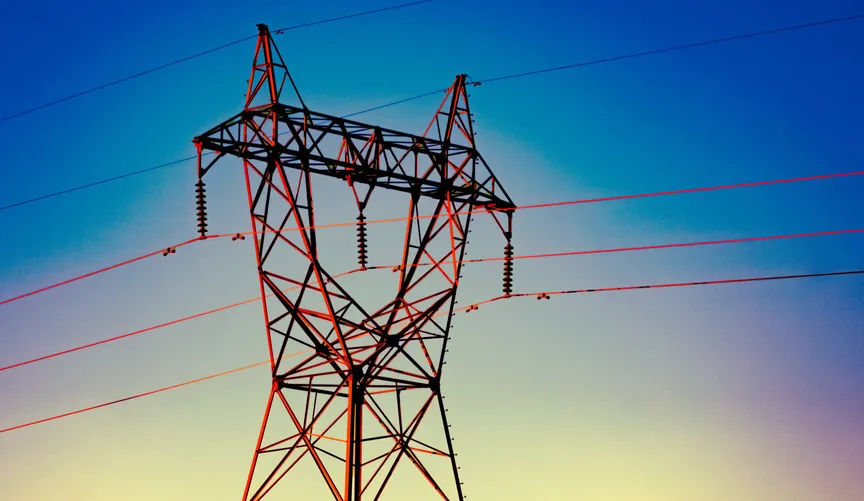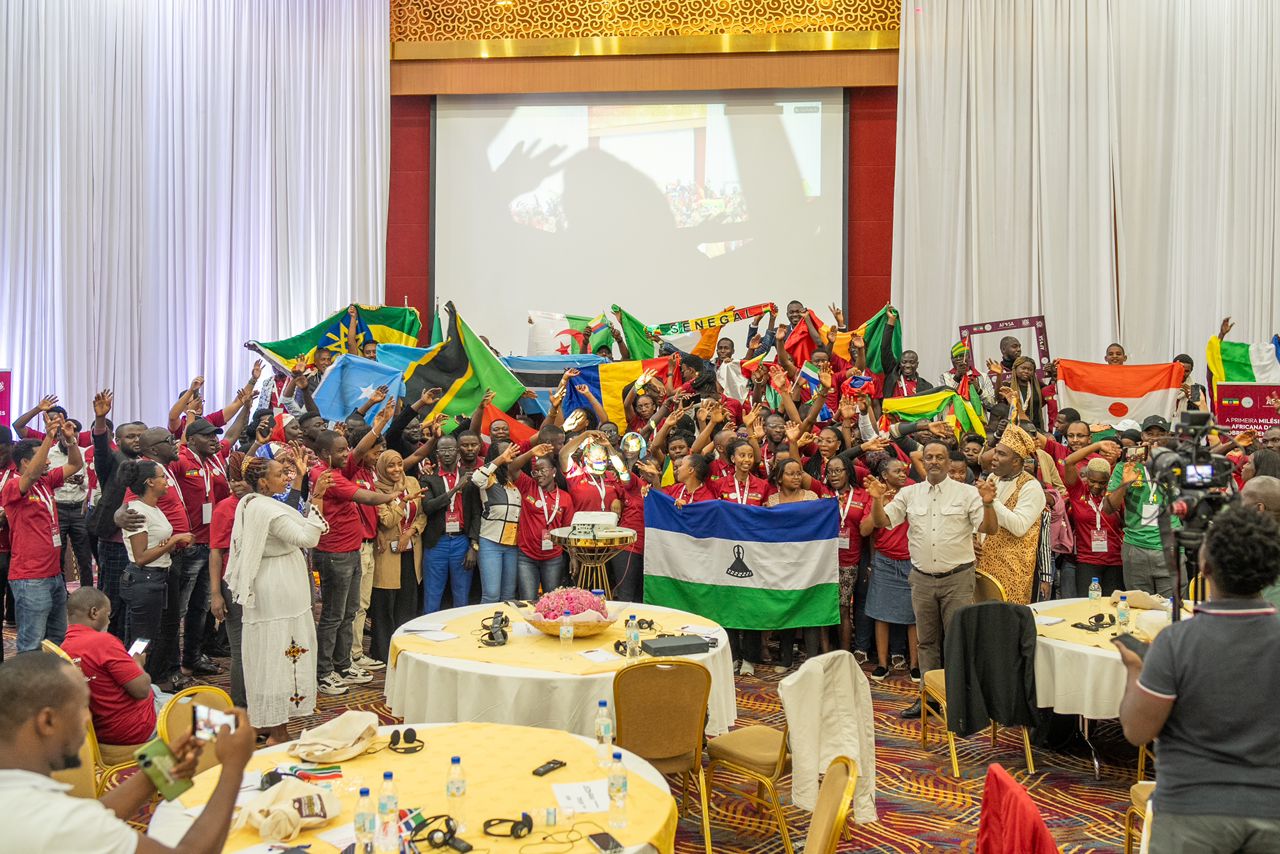The Ethiopia-Kenya electricity highway, launched in 2023 after over a decade of planning and construction, is redefining energy connectivity in East Africa. Stretching 1,045 km from Wolayta-Sodo in Ethiopia to Suswa in Kenya, this landmark project is more than a high-voltage line, it’s an economic and environmental lifeline, connecting power grids, nations, and communities.
The project leverages the region’s diverse resources, integrating Ethiopia’s hydroelectric power with Kenya’s geothermal and wind energy to create a regional energy pool. According to John Mativo, Managing Director of the Kenya Electricity Transmission Company (KETRACO), the vision of an interconnected East Africa took root around 2010, with leaders recognizing the importance of shared infrastructure to support and optimize regional energy needs.
Critical to this project’s success is the use of High Voltage Direct Current (HVDC) technology, which enables efficient long-distance power transmission. Tewoderos Ayalew, site manager at Ethiopian Electric Power, explains that HVDC minimizes energy loss, lowers construction costs, and improves grid stability across borders. Ethiopian hydroelectricity, converted to direct current in Sodo, travels through the overhead line to Kenya, where it is converted back to alternating current at Suswa for integration into the Kenyan grid.
The highway’s completion marks East Africa’s only HVDC infrastructure and a step towards regional energy integration and cross-border trade. Funded at a total cost of Ksh 162 billion (US$1.26 billion) with contributions from the African Development Bank, World Bank, Agence française de développement, and the governments of Kenya and Ethiopia, the project has already generated substantial benefits for the region.
For Kenya, where 95% of electricity is sourced from renewables, the connection boosts its competitiveness and attracts investments from industries prioritizing clean energy. Additionally, the project is creating jobs, with economic zones near infrastructure like Suswa generating thousands of employment opportunities. Social impact is a cornerstone, with 70 of the 100 employees at the Suswa power station coming from local communities, noted KETRACO General Manager Kipkemoi Kibias.
For local engineer Sylvia Kinaiya, a Masai, the project is both a professional and personal milestone, showing that women can balance careers in technical fields with family life. She sees the highway as a source of empowerment and pride for the community.
Beyond economic and social impacts, the Ethiopia-Kenya electricity highway stands as a model of sustainable energy integration, enabling more efficient use of intermittent renewable sources like wind and solar power. “This infrastructure ensures Kenya has enough green energy to support our industrial growth while keeping our carbon footprint low,” Mativo explains.
The highway advances Kenya’s goal of achieving 100% renewable energy by 2030, helping stabilize the national grid and enhance investor confidence in green projects. For East Africa, this transformative project exemplifies the promise of regional cooperation and clean energy-driven growth, paving the way toward shared prosperity and a sustainable energy future. As Ayalew optimistically concludes, “We have the potential not only to meet our own needs but also to supply energy to our neighbors and beyond.”





